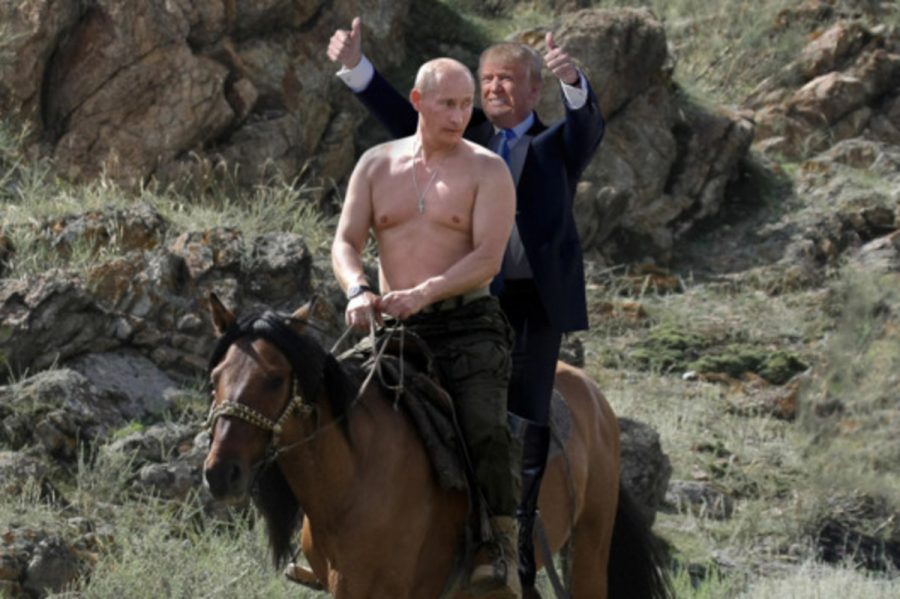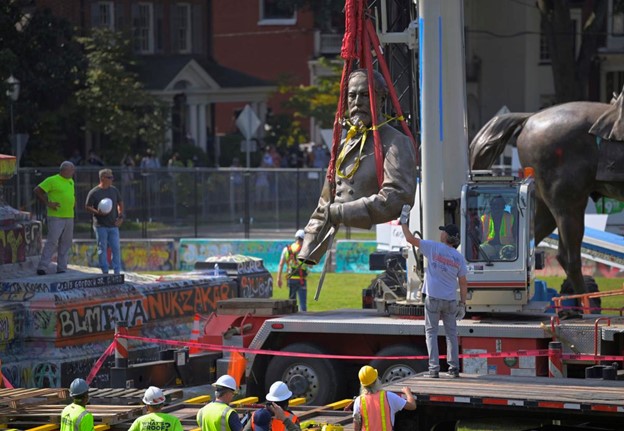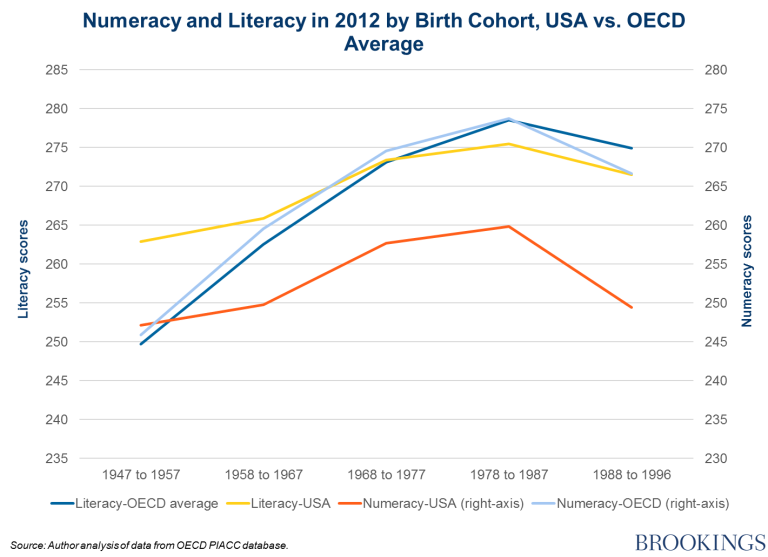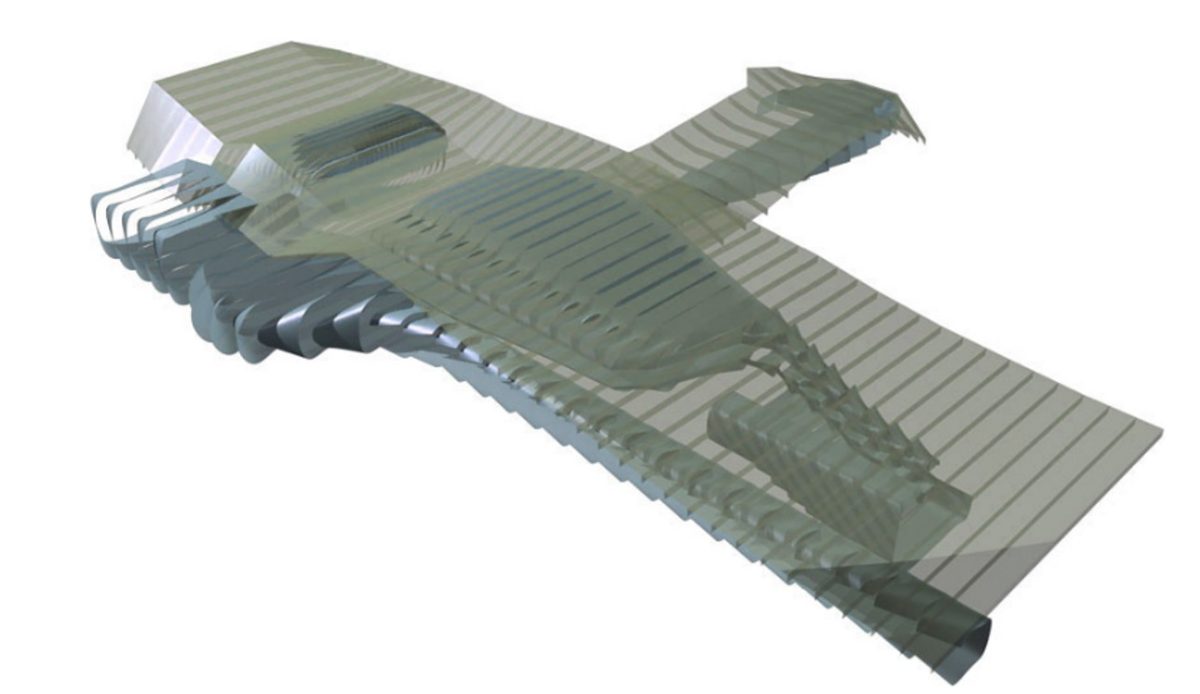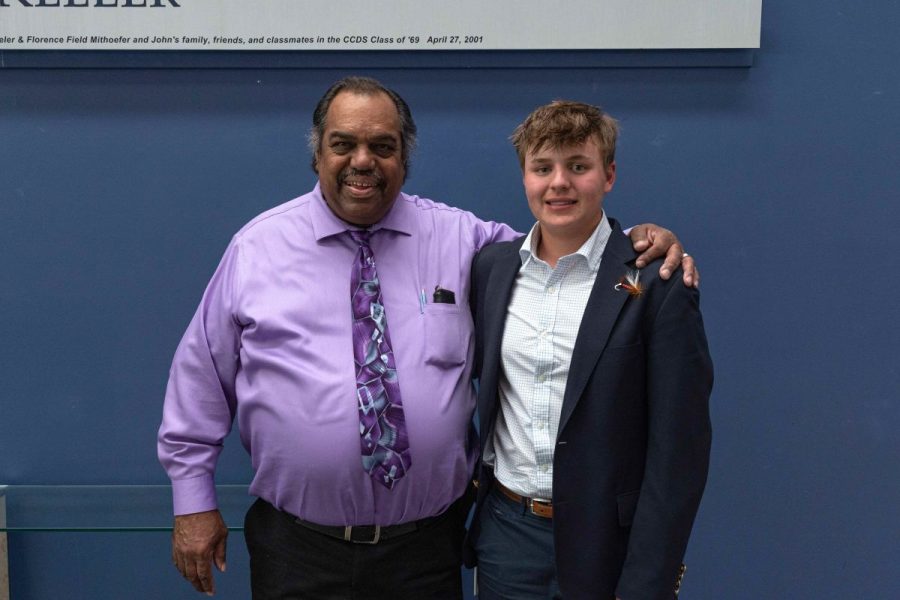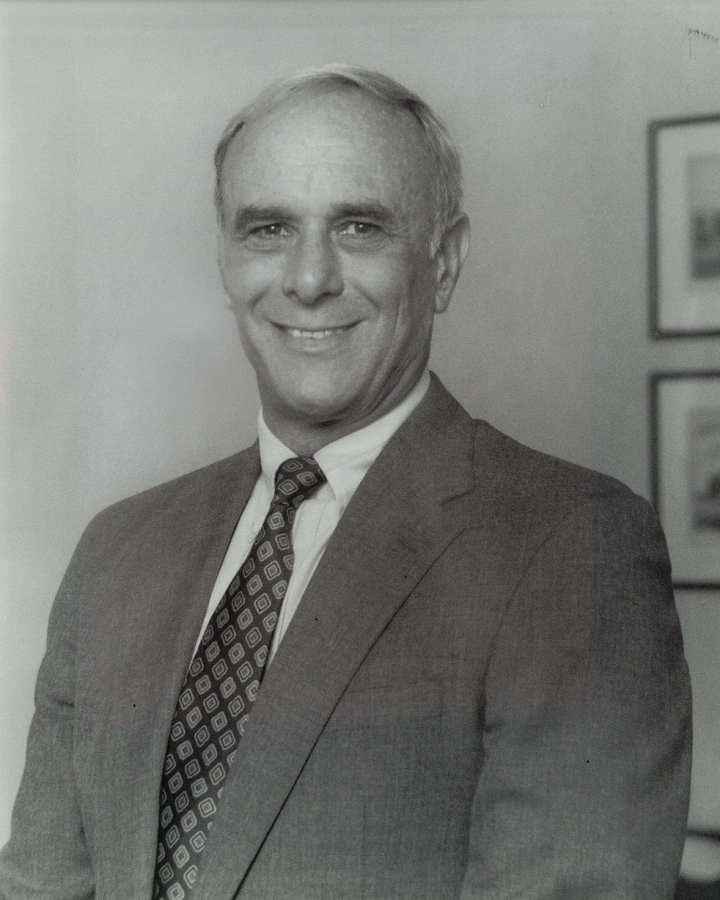By John Joy ’18, Tech Desk Section Editor
Ever since the end of WWII, United States has painted Russia as the international boogieman, accusing the Russians of everything from election fraud to plane crashes. One of the key talking points throughout the past election was each candidate’s views of Russia and how Russo-American relations would progress throughout their potential presidencies. Secretary Clinton had a very clear stance on Russia, promising tighter sanctions and increased NATO presence in response to Russia’s aggressive “protection of oppressed Russian minorities” in eastern Ukraine, Georgia, and northern Kazakhstan. President-elect Trump had a more cautious approach toward Russia, stating that he’d like to negotiate with Russia and better understand the Russian government’s views of the issues it faces. Naturally the mainstream media decided that that meant Donald Trump is actually Дональд Трамп, a Russian spy/puppet; just as they decided that Hillary Clinton ran a US intelligence sale off her email server to fund her illegal charity to overthrow small countries. However, Trump is not the first president to open his presidency with a “fresh start” for Russia.
Before one can even begin to think about the next 4 to 8 years of U.S Russian relations, one must look at the past 8 years of Russia diplomacy under the Obama administration. Obama’s Russian policy will go down in history as one of sanctions and aggression, culminating in the Minsk & Minsk 2 treaties, two failed attempts to put an end to the Ukrainian conflict, and with it the sanctions against Russia. However, Obama did not enter office with guns blazing against Russia like most will lead you to believe. In fact, his initial policy towards Russia bears a shocking resemblance to Trump’s, even down to the name: “The NEW start treaty”. This treaty seemed like a dream come true for both sides, with a joint nuclear disarmament clause, aggressive green energy targets, and even a military cooperation plan. A treaty of this magnitude should have turned the Soviet Bear into the EU bunny, but there was one big mistake; the treaty was made with the outgoing Medvedev administration less than a year before Putin retook the Russian presidency. One could argue Medvedev was nothing more than a puppet to Putin, but Putin’s response to his treaty wasn’t exactly supportive. However, Putin didn’t formally denounce the treaty from 2009-11, showing some hope for the future of US-Russo relations. However all good things must come to an end; in this case, end was the 2011 legislative election that caused massive stirs in the Duma (Russia’s congress) with the United Russia Party losing 53% of its seats to the Communist, Just Russia, and Liberal Democratic parties. As we in the United States are all too familiar with, the Russian people felt a need to protest the results of the election and not try to work with the new parties and positively impact society. Putin took this unrest as an opportunity to blame Clinton for inciting these riots and interfering with the election. Oh, the irony. From this point on, Russo- US relations soured to the point they are today, with both countries trying to isolate themselves from each other.
Trump seems to be unfazed in taking on the monumental task that is negotiating with the second most powerful country in the word, and this has inspired hope in the Russian people that he may be the key to ending their 3-yearlong economic crisis. One point that seems to be glossed over by most sources is that Trump isn’t just going to lift all sanctions with Russia and join their elite oligarchy with a majority stake in Gazprom. Trump actually doesn’t intend to change a single aspect of our foreign policy towards Russia without Russia making some major amendments to their own legislation. Chiefly, Trump is very clear he wants to see an end to Russian involvement in Ukraine. Unlike the Obama administration, Trump is willing to recognize Crimea as Russia territory, as the vast majority of the Crimean populous voted to join Russia instead of leaving Ukraine. Despite being labeled an unstable war-mongerer by Buzzfeed, Huffington Post, and pretty much anyone else who pays for a Snapchat feature, Trump believes that using NATO and other military force to negotiate with Russia will ultimately result in increased tensions and more fruitless negations with the Kremlin. Instead he intends to continue the sanctions put towards Russia, sanctions that have caused the ruble to have a 75% drop in value over the past three years, until Russia reaches agreeable terms with the US. Some (including myself) think that he may also want to renegotiate a more favorable oil contract with Russia, as Russia’s lack of oil and natural gas trade are one of the many factors in their financial crisis, as well as reducing US dependence on increasingly unstable Middle Eastern oil deposits.
In closing, Trump is not Putin’s puppet for wanting to normalize relations with our Eastern advisory, as the mainstream media will lead you to believe. In fact, the very man he is replacing attempted to do the exact same thing. However, he is also not the first to try to tame the Soviet bear, and contrary to what the alt-right will lead you to believe, he isn’t some magic Russian negotiator who can wave his hand and solve all our problems.
Sources:
http://www.cnn.com/2016/07/31/politics/donald-trump-russia-ukraine-crimea-putin/
https://www.whitehouse.gov/the-press-office/us-russia-relations-reset-fact-sheet
Photo Credit:
https://www.oathkeepers.org/wp-content/uploads/2016/11/trumpandputinfotoshop.jpg



